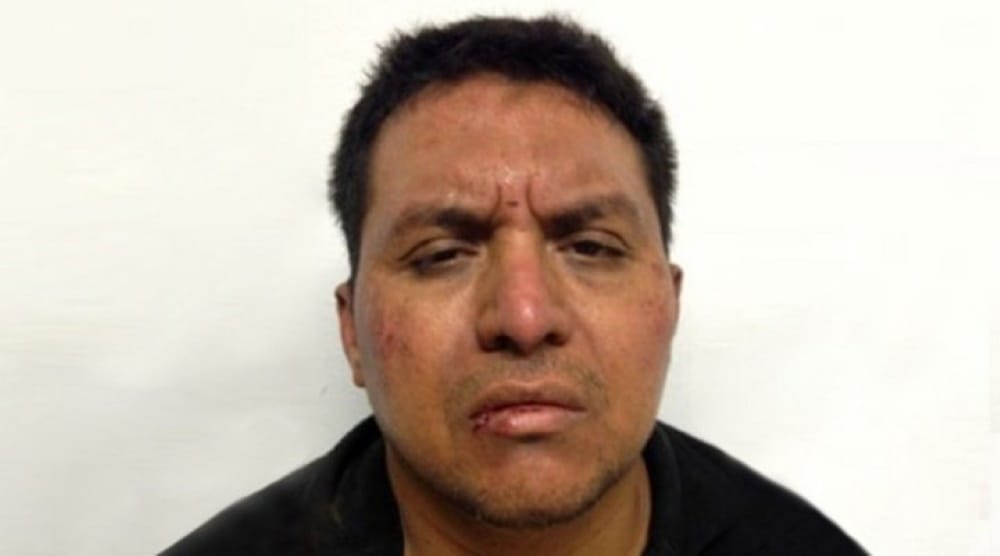How Zetas Leaders Run Cartel from Behind Bars
Two leaders of Mexico's violent Zetas cartel, imprisoned for over a decade, are accused of running the successor cartel, Cartel del Noreste, from behind bars. The brothers are charged with drug trafficking, firearms crimes, and money laundering.

In a stunning legal twist, two notorious leaders of Mexico's most feared criminal organization, Los Zetas, have been charged by U.S. prosecutors with orchestrating a vicious drug cartel from inside the very prison walls meant to confine them. The indictment, made public in Washington on Wednesday, casts a chilling light on the ability of cartel bosses to maintain their stranglehold on power even from behind bars.
Miguel Treviño Morales, known as "Z-40," was apprehended in 2013, while his brother Omar Treviño Morales, also called "Z-42," was captured in 2015. Despite their years of incarceration, the brothers are accused of continuing to mastermind the deadly operations of the Cartel del Noreste (CDN)—a bloodthirsty successor to the infamous Los Zetas. According to U.S. authorities, the duo has not only renamed their cartel but installed close relatives outside of prison to run the organization, keeping their reign of terror alive.




